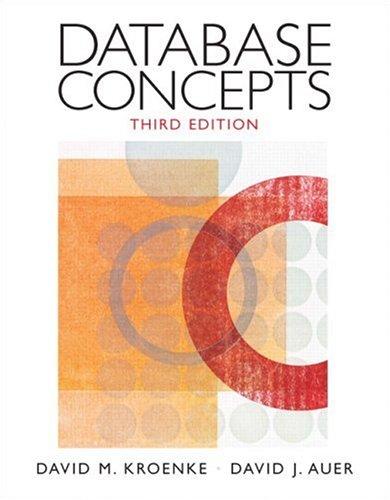

Problem #1. (25 points) Clanguage, Stack Data Placement, Pointers Consider the following C program. Assume that the register SP at the beginning points to OXOE00. Answer the following questions. Assume all variables are allocated on the stack, and in the order as they appear in the program. A. (10 points) Illustrate the content of the stack at the moment before the statement at line 7 is executed. B. (10 points) Comment the code (lines 7-11) indicating the result of each statement. Illustrate the content of the stack at the end of execution of the statement in line 11. What are the contents of arrays x and carr? C. (5 points) Show assembly language implementation of the statement at lines 5, 7, and 8 (think like compiler would do; it knows where the variables are placed relatively to the current top of the stack). NOWN volatile unsigned int x[4]={1, -32768, 0, -3) volatile char carr[4]={'A', '1', '2', 'a'}; volatile long int z = 65536; volatile char *P_C = carr; // volatile int *p_i = x; 8 9 *(_C + 2) += 'b'; p_i = p i + 3; *p_i += *(p_i -6); P_C = P_C + 3; * _C = A'; // // // // // 10 11 Address M[15..O] Comment volatile unsigned int x[4]={1, -32768, 0, -3}; volatile char carr[4]={'A', '1', '2', 'a'); volatile long int z = 65536; volatile char *p_c = carr; volatile int *p_i = x; // *(_C + 2) += "6'; p_i = pi + 3; *p_i += *(p_i -6); P_C = P_C + 3; *P_C = 'A'; // // // // // Address M[15..O] Comment ; line 5: long int - p_= x; ; * (p_c + 2) == 167 ; line 8: p_i = P_3 + 3; Problem #1. (25 points) Clanguage, Stack Data Placement, Pointers Consider the following C program. Assume that the register SP at the beginning points to OXOE00. Answer the following questions. Assume all variables are allocated on the stack, and in the order as they appear in the program. A. (10 points) Illustrate the content of the stack at the moment before the statement at line 7 is executed. B. (10 points) Comment the code (lines 7-11) indicating the result of each statement. Illustrate the content of the stack at the end of execution of the statement in line 11. What are the contents of arrays x and carr? C. (5 points) Show assembly language implementation of the statement at lines 5, 7, and 8 (think like compiler would do; it knows where the variables are placed relatively to the current top of the stack). NOWN volatile unsigned int x[4]={1, -32768, 0, -3) volatile char carr[4]={'A', '1', '2', 'a'}; volatile long int z = 65536; volatile char *P_C = carr; // volatile int *p_i = x; 8 9 *(_C + 2) += 'b'; p_i = p i + 3; *p_i += *(p_i -6); P_C = P_C + 3; * _C = A'; // // // // // 10 11 Address M[15..O] Comment volatile unsigned int x[4]={1, -32768, 0, -3}; volatile char carr[4]={'A', '1', '2', 'a'); volatile long int z = 65536; volatile char *p_c = carr; volatile int *p_i = x; // *(_C + 2) += "6'; p_i = pi + 3; *p_i += *(p_i -6); P_C = P_C + 3; *P_C = 'A'; // // // // // Address M[15..O] Comment ; line 5: long int - p_= x; ; * (p_c + 2) == 167 ; line 8: p_i = P_3 + 3








